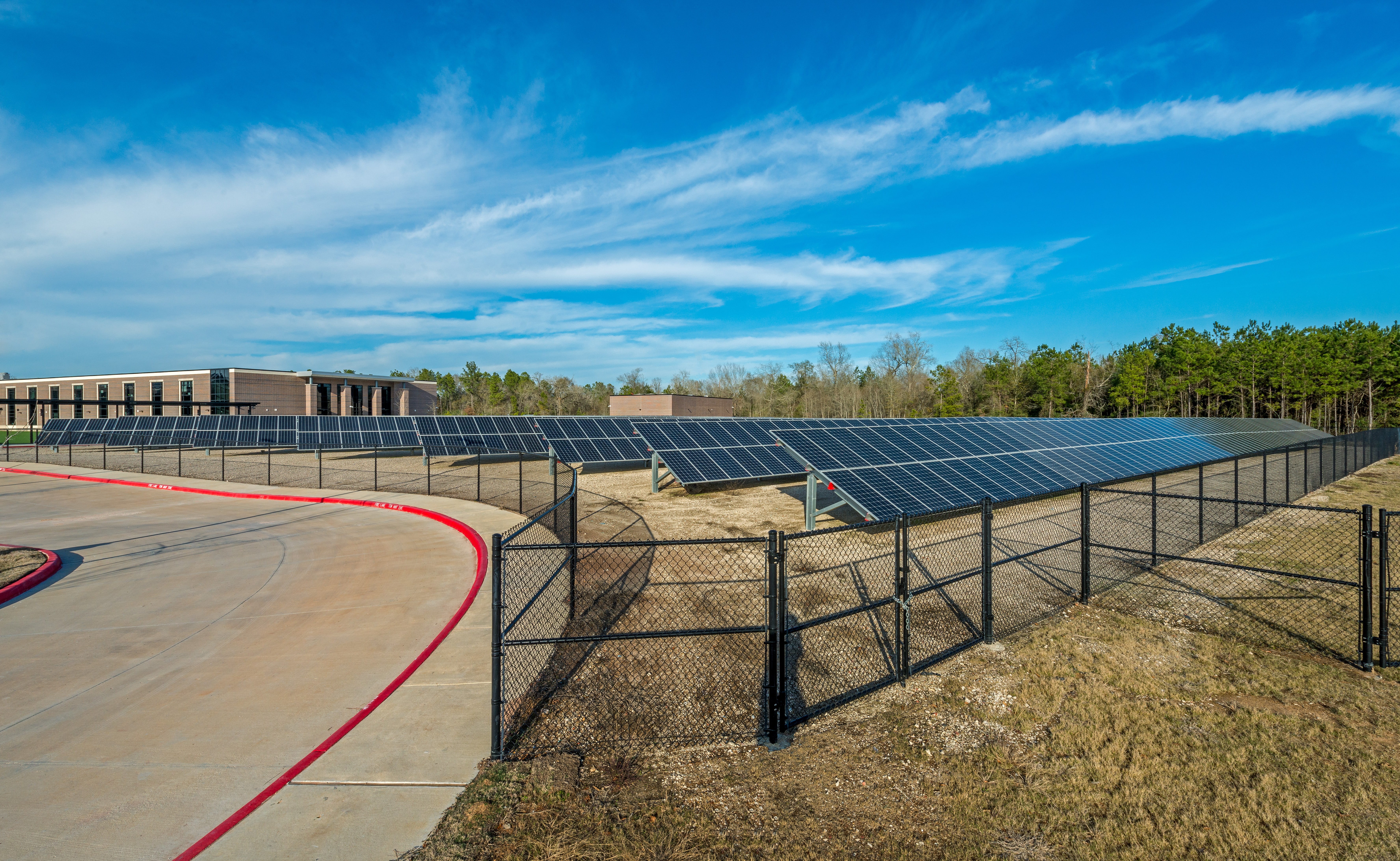
Commissioning
What is it?
One of the fundamental ways to ensure that a building is operating as designed is a process called commissioning. Commissioning in its most simple form is ensuring that the building systems, including mechanical, electrical, and envelope, are properly installed and tested to achieve optimal performance per the specifications and owner’s requirements1. Ideally the commissioning process should begin in early design to develop the scope, budget, plans, and schedule. Existing buildings can also benefit from this process, called retro-commissioning, utilizing an assessment of utility bills and operational procedures, and diagnostic testing. The most comprehensive approach includes both training for building operators so that they can continue to maintain optimized performance as well as documentation of the process.
How Big an Investment is Commissioning?
The cost to hire a commissioning agent depends on the size and scope of the project. Hiring a commissioning agent early on in design ensures that the most value is achieved from the process. According to the General Services Administration, total building commissioning costs range from 0.5% to 2.25% of total construction costs, depending on the size, type, and complexity of the project. Projects can see costs closer to 3% if full commissioning, including the envelope, is performed. According to the Lawrence Berkeley National Laboratory, the normalized median cost was $1.16 per square foot for new buildings and $0.30 per square foot for existing buildings.
What are the sustainable benefits?
The commissioning process has a number of benefits beyond meeting the owner’s requirements for design of a project. Buildings that are commissioned have lower costs and during construction and fewer change orders. Throughout the life of the building, their equipment functionality is improved, extending the life of equipment. Commissioning saves on average 13% in energy costs with paybacks in approximately 4 years for new construction and 16% for existing buildings with payback in 1 year2.
There are also co-benefits including increased valuation in the building as well as results stemming from increased training by building operators. This results in increased comfort of the occupants, indoor air quality, water efficiency, and safety and security.
1 2016. The Whole Building Design Guide. “Building Commissioning.”[1] https://www.wbdg.org/building-commissioning
2 Evan Mills, Building Commissioning: A Golden Opportunity for Reducing Energy Costs and Greenhouse Gas Emissions, July 21, 2009, Lawrence Berkeley National Laboratory, http://cx.lbl.gov/documents/2009-assessment/LBNL-Cx-Cost-Benefit.pdf


